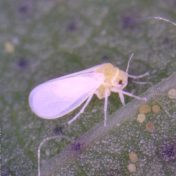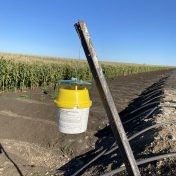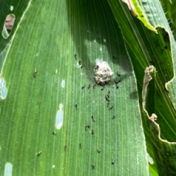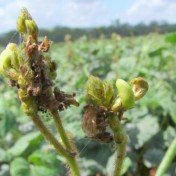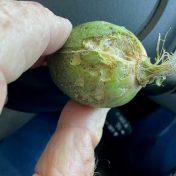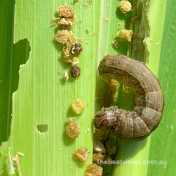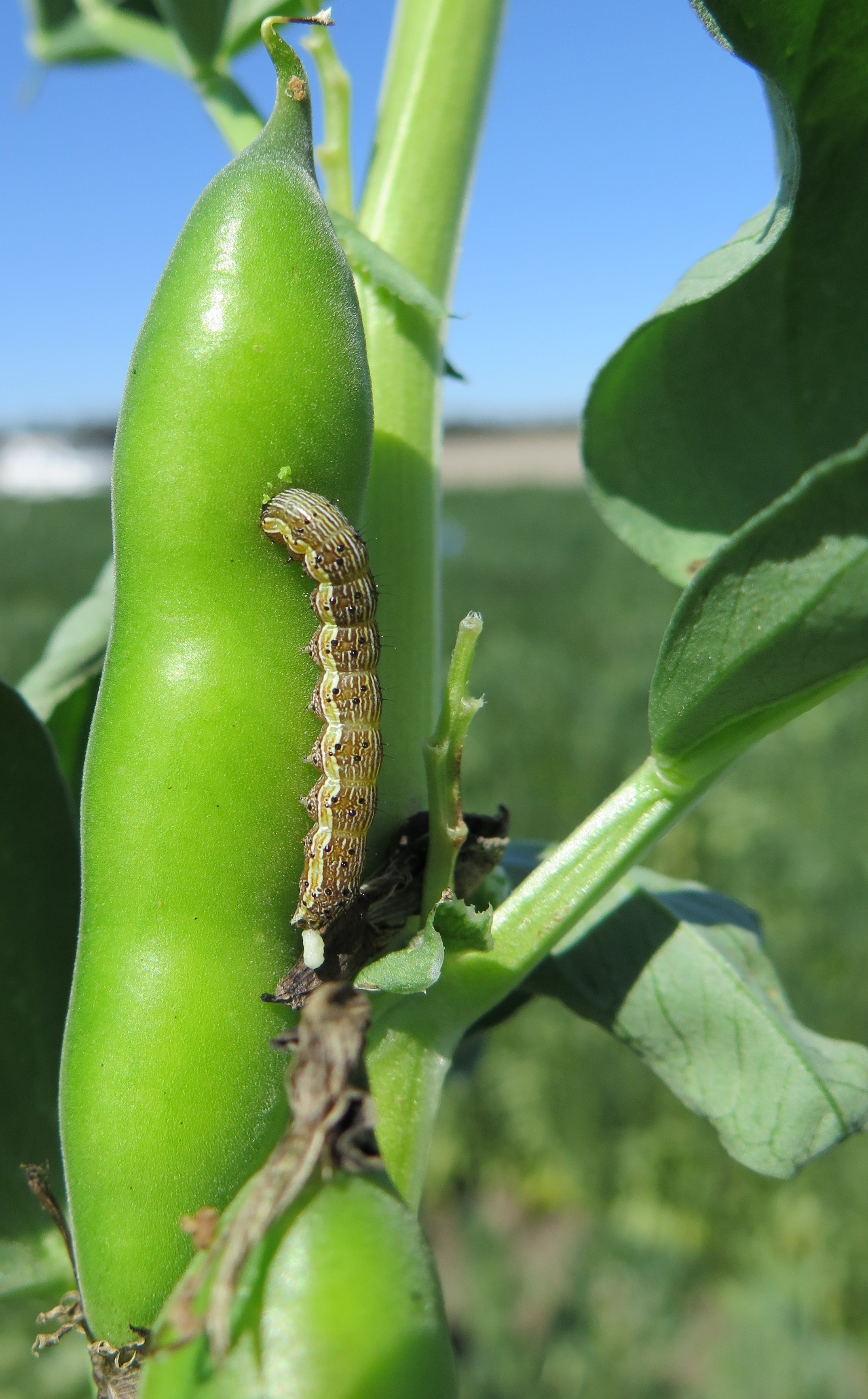The biggest challenge when storing grain is dealing with insects (such as weevils) and prevention is ALWAYS better than cure. Controlling insects once they infest grain can only be done with fumigation or controlled atmosphere, both of which require gas-tight sealable storage. For storages that cannot be sealed, prevention is our only management option, short of transferring grain out via… Read more »
As part of the cotton industry’s proactive approach to managing resistance risks, there is an ongoing program of resistance surveillance in the major pest species. Resistance to spirotetramat (Movento®) was first detected in silverleaf whitefly (SLW) in the Burdekin region in 2016. From 2016–2024, 131 SLW populations have been collected and tested for resistance to spirotetramat, 4 populations were from… Read more »
The Field Crops Entomology Team at the Queensland Department of Agriculture and Fisheries has recently established a new moth pheromone trapping network to inform the northern grains industry of the seasonal population patterns of key caterpillar pests. A collaborative network of more than 25 growers and agronomists are assisting the monitoring of pheromone traps in 20 locations across 10 regions…. Read more »
Since 2022, an insecticide resistance surveillance program for fall armyworm (FAW) has been conducted annually by NSWDPIRD in collaboration with DAF entomologists. Resistance to older products, such as carbamates (Group 1A), organophosphates (Group 1B) and pyrethroids (Group 3A) has been confirmed in many FAW populations worldwide, and there are concerns that the increase in spraying to control FAW may lead… Read more »
There have been reports of sporadic moderate to high mouse activity from several Australian grain growing regions, including southern Queensland, where 3 sites had high activity (with up to 800 burrows/ha at one site). See the April GRDC/CSIRO Mouse Update for more information. High mice numbers when winter crops are planted can result in significant economic damage, and summer crops… Read more »
A new APVMA permit (PER 93132) allows the use of a spray drift management tool (SDMT) to re-calculate buffer zones to suit your particular situation when applying some pesticides. The SDMT (available as a spreadsheet file) and other relevant documentation (including a video on how to use the calculator) and a copy of PER93132 can be found on the APVMA… Read more »
There have been reports of mice activity in some crops around the Central Highlands, including grain sorghum, mungbean and cotton. Numbers of house mice (Mus domesticus) are generally low in cropping areas, but plagues can occur when conditions are favourable. Mouse populations have the potential to build rapidly and can do considerable damage in high numbers. Controlling plagues is both… Read more »
How long should my beat sheet stick be? is a question that was asked at a recent Accredited Mungbean Agronomist Course. A common misconception is that a beat sheet stick should be as long as the beat sheet is wide. A standard beat sheet is usually at least 1.5 m across, but the stick should only be 1 metre long…. Read more »
With the detection of fall armyworm (FAW, Spodoptera frugiperda) throughout Queensland and now in major cropping regions in NSW, growers are wondering about the best management options for protecting their summer cereal crops. The latest research from NSW DPI provides information that can assist growers in deciding the most appropriate course of action for managing outbreaks of fall armyworm if… Read more »
Each year NSW Department of Primary Industries conducts a Helicoverpa insecticide resistance surveillance program in the major summer cropping regions of NSW and QLD, focussed on detecting Helicoverpa resistance to the insecticides indoxacarb, emamectin benzoate and chlorantraniliprole. The program provides growers and advisors with an early warning system for potential resistance hot-spots in the northern region, and is essential for… Read more »


